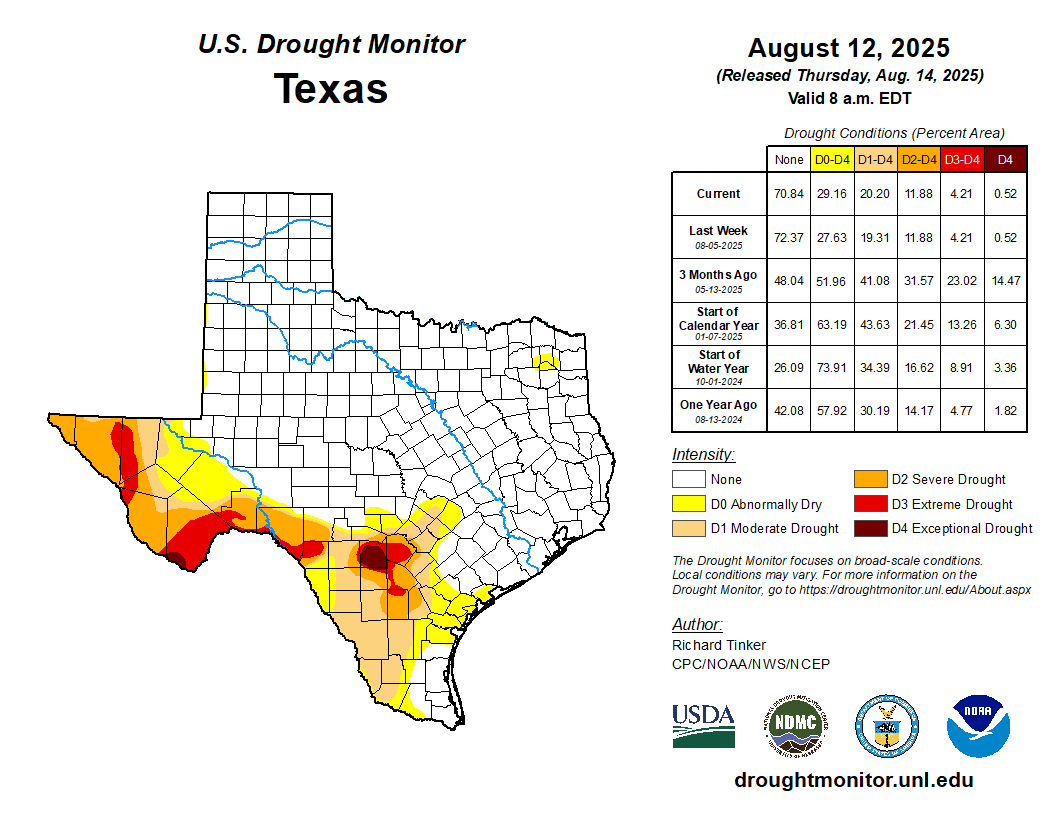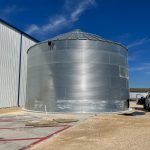The Current
Edition: April 2024
The Current is the monthly newsletter of Innovative Water Solutions where we highlight the great stuff happening at our company and also bring you up-to-date with some of the current water news that could affect you. We hope you enjoy the newsletter!
Table of Contents
- Blog Post of the Month: Can I install a rainwater harvesting system to solve drainage issues?
- FAQ Post of the Month: How much rainwater can I capture from my roof?
- Residential Project of the Month: Graywater in Central Austin
- Commercial Project of the Month: Reilly Elementary
- Water News Article #1: Las Vegas Is Going All In on Its Water Conservation Plan
- Water News Article #2: Water shortage in Rio Grande Valley will be expensive, study shows
- Water News Article #3: Major cities are running out of water
- Water Conservation Tip: Conservation with Toilets
- Current Texas Drought Conditions
- Current Texas Water Calendar
- Video: Why Care about Water?
- IWS celebrates 20 years in business!
“Grass is greener at other people’s feet because they watered it. You need not to let your environment control you; you have what it takes to make it look beautiful!” – Israelmore Ayivor
Blog Post of the Month

Blog Post Title (linked)
Blog Post Date
Blog post excerpt. Click edit button to change this text. Lorem ipsum dolor sit amet, consectetur adipiscing elit. Ut elit tellus, luctus nec ullamcorper mattis, pulvinar dapibus leo.
FAQ Post of the Month
How Much Rainwater Can I Collect From My Roof?
Ever wonder how you calculate your rainwater collection potential for your roof? Find out in this post!
Residential Project of the Month
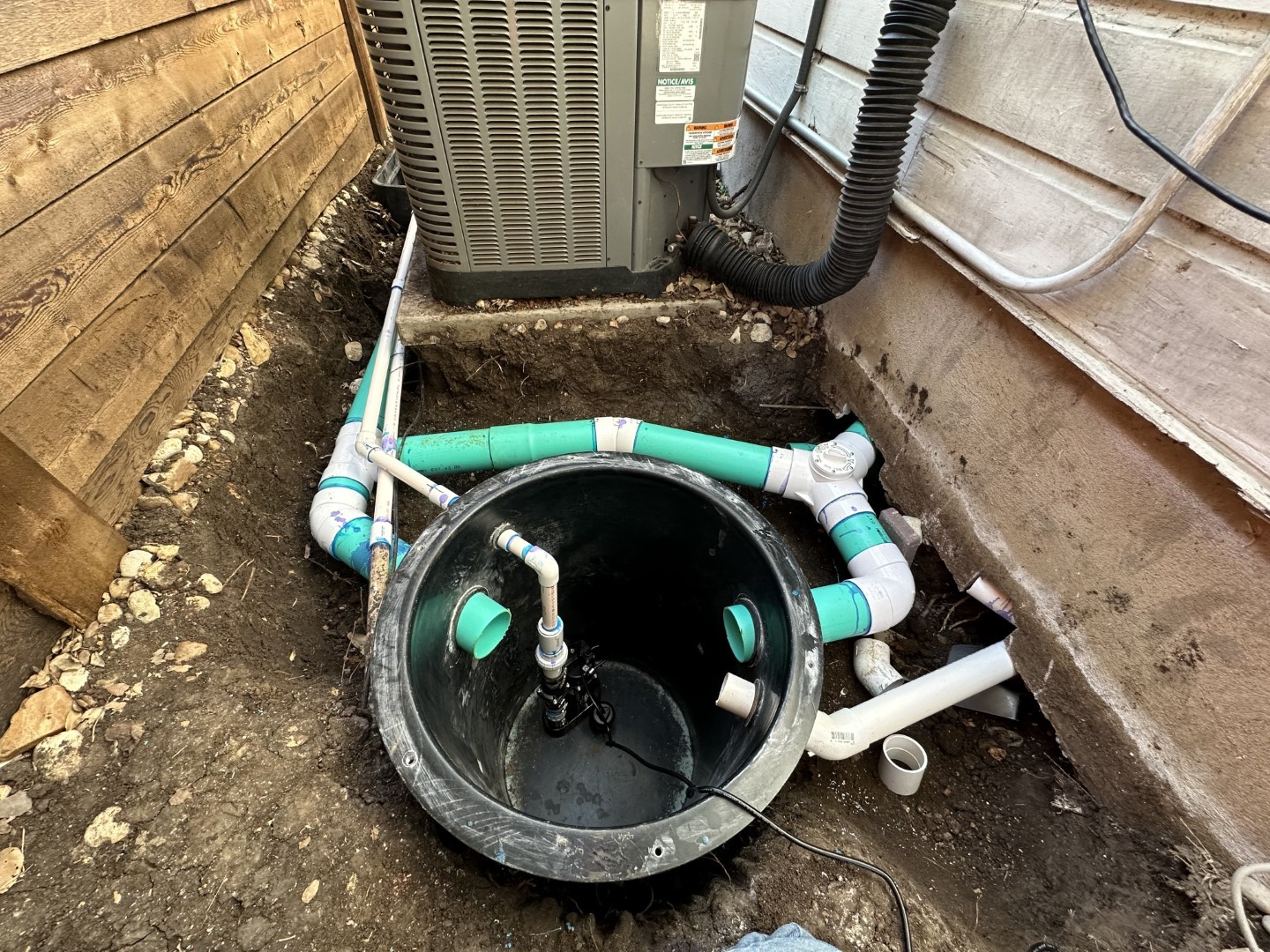
Residential Gray-Water Installation Project in Central Austin
As water conservation efforts increase, many homeowners are seeking low maintenance, affordable methods to implement into their daily lives. Graywater is the water left over from laundry, showers and non food related sinks. If a homeowner plans for graywater reclamation in their design of a newly built home, they can capture this water from all those areas and re-use it. Typically the water is re-used for irrigation, though some methods are being implemented to re-use the water for swimming pools or other uses.
For this project, the homeowner re-routed their laundry discharge water, as well as, their sink and shower water from one bathroom . The water is captured in the basin shown above, and filtered through sand to remove contaminants. It is worth noting that when using graywater as an irrigation source, the homeowner must use biodegradable products in the sink, shower and laundry so that there are no chemical breakdowns.
This project will yield a healthy supply of water for the homeowner’s irrigation needs, and lessen the strain on municipal water resources.
Commercial Project of the Month
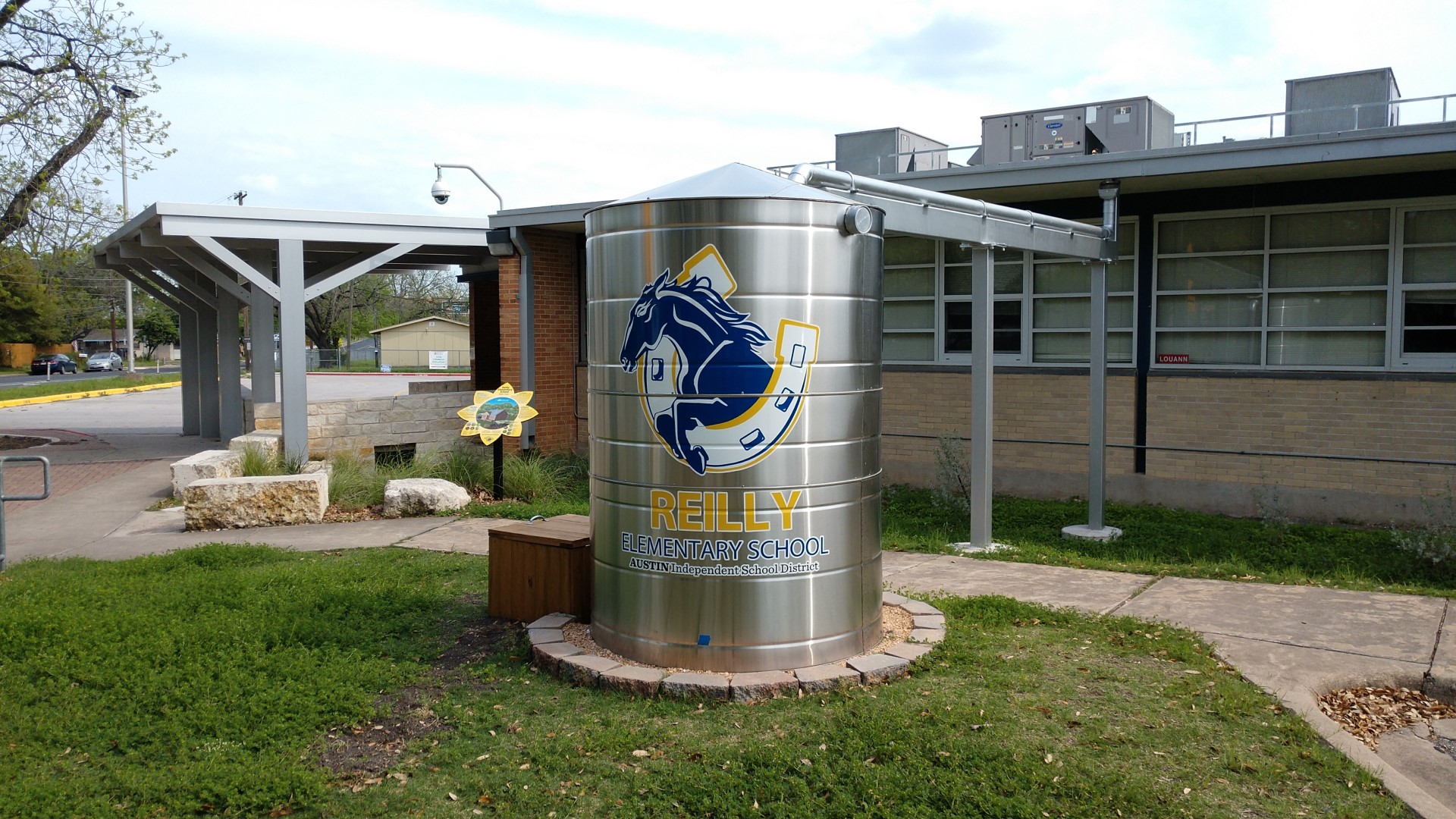
Reilly Elementary in Austin Texas
From Reilly Elementary’s home page:
Reilly Elementary is showing its commitment to the environment and our waterways. The school, in partnership with the city of Austin, won first place in the Green Infrastructure Award from the National Association of Flood & Stormwater Management Agencies.
Reilly won the award for its rain-catching landscape. Five rain gardens and 12 cisterns capture thousands of gallons of stormwater from the school’s roofs and parking lots, reducing erosion and flooding problems on the property. The new landscape will also help improve the water quality and flow in Waller Creek.
AISD partnered with the City of Austin on the four-year project to help alleviate flooding at the school.
“It’s beautified the campus and shows a commitment to supporting the students in their educational endeavors,” said Ann Muller, AISD outdoor learning Specialist. “By having access to this infrastructure, the hope is that Reilly students will be exposed to and inspired by environmental stewardship.”
“Having these beautiful cisterns with our school logo on them and our rain gardens with their flowering native plants is incredibly gratifying, especially after the work we have put in these past four years,” said Reilly Principal Corrine Saenz. “It all came together and we have created something special here that will last forever. I invite the entire community to come and enjoy this beautiful improvement to our campus.”
Jorge Morales, director of the City of Austin’s Watershed Protection Department, said more projects like this will help the local environment.
“This project will help produce healthy creeks and a healthy community,” Morales said. “We are committed to amplifying the success of the project and raising awareness about how these techniques can help creeks throughout all of Austin.”
You can learn more about Reilly Elementary’s green landscape project via our spotlight on the project: here
Water News You Can Use

Anything goes in Las Vegas, except excessive water use. Two decades ago, the city began to grapple with a reality that many other cities in the Southwest were trying to put off: Eventually, it could run out of water.
In contrast with cities like Phoenix or Los Angeles, which get water from a number of sources, Las Vegas still gets about 90 percent of its water from the Colorado River, and it has little other water to tap into. By the time the river hit a record low in 2002, Las Vegas had begun taking aggressive water-saving measures to meet population growth and adapt to a drying river. The city known for excess and summer pool parties began counting every drop, even the small dribbles flowing onto asphalt. “We couldn’t have made additional water commitments,” says John Entsminger, the Southern Nevada Water Authority’s general manager—no more homes, no more casinos, no population growth at all.
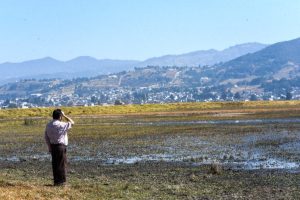
Water shortage in Rio Grande Valley will be expensive, study shows
About half the crops grown in the Rio Grande Valley are irrigated – meaning that farmers use water rerouted from the Rio Grande to cultivate their crops.
There’s a long line for that Rio Grande water, and farmers in far South Texas are at the end of it. Treaties between the United States and Mexico are supposed to ensure that the Valley has uninterrupted access to water. But with Mexico way behind on its part of the deal, some observers are projecting significant shortages.
Luis Ribera, professor and director at the Center for North American Studies at Texas A&M University, spoke to the Texas Standard about the economic impact of the water shortage.
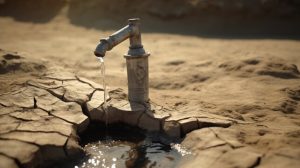
The 2024 World Water Development Report says that 2.2 billion people currently don’t have access to safely managed drinking water, and that as of 2022, about half of the entire global population experienced at least temporary severe water scarcity.
As global temperatures increase, largely due to the burning of fossil fuels, those numbers are expected to worsen, as higher temperatures will also bring more frequent and intense extreme weather events, including drought.
But climate change isn’t the only factor. The report says that freshwater consumption has been growing by just under 1% every year, with agriculture accounting for roughly 70% of freshwater withdrawals, and industrial and domestic uses accounting for 20% and 10%, respectively.
The U.N. has established a set of targets to ensure that water – a vital source of life on Earth – remains available. Those targets say that by 2030, there should be, among other things, universal and equitable access to safe and affordable drinking water, adequate and equitable sanitation and hygiene, reduced water pollution, and increased water-use efficiency.
More to Explore
Water Conservation Tip
Water Conservation Ideas for Toilets
Don’t Use the Toilet as an Ashtray or Wastebasket!
Every time you flush a cigarette butt, facial tissue, or other small bit of trash, you’re wasting gallons of water. Put them in the garbage, or better yet, recycle.
Put Plastic Bottles or a Float Booster in Your Toilet Tank
To cut down on water waste, put an inch or two of sand or pebbles inside each of two plastic bottles. Fill the bottles with water, screw the lids on, and put them in your toilet tank, safely away from the operating mechanisms. Or, buy an inexpensive tank bank or float booster. This may save ten or more gallons of water per day. Be sure at least three gallons of water remain in the tank so it will flush properly. If there is not enough water to get a proper flush, users will hold the lever down too long or do multiple flushes to get rid of waste. Two flushes at 1.4 gallons are worse than a single 2 gallon flush.
Buy an Adjustable Toilet Flapper
Installing an adjustable toilet flapper will allow for adjustment of each per flush use; the user can adjust the flush rate to the minimum per flush setting that achieves a single good flush each time.
Texas Drought Monitor
SOURCE: National Drought Mitigation Center (NDMC), the U.S. Department of Agriculture (USDA) and the National Oceanic and Atmospheric Association (NOAA).
Texas Water Calendar
Video: Why Care about Water?
April 2024 kicks off Innovative Water Solutions’ 20 Year Anniversary!
Look towards our Social Media Channels for more information as we celebrate all year.
For now, enjoy these “throwback photos” from our early days…
Social Media and More
Not a subscriber to our monthly newsletter? Why not? Join the fun below…
Thirsty for more? See our previous month’s newsletters below.




